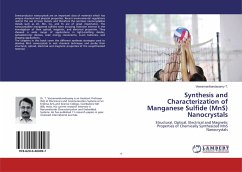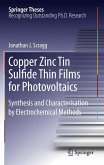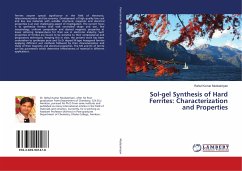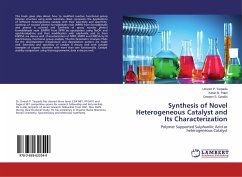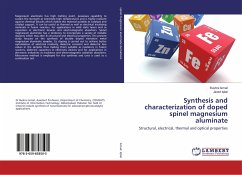Semiconductor nanocrystals are an important class of materials which has unique chemical and physical properties. Recent environmental regulations restrict the use of toxic metals, and therefore the nontoxic nanocrystalline metals such as Zn, Mn, Cu, and Fe are of great importance. The nanocrystalline manganese sulfides were arousing extensive interest in the investigation of their optical, magnetic, and electrical properties. They showed a wide range of applications in light-emitting diodes, optoelectronic devices, solar energy conversions, Li-ion batteries, and imaging applications.The chapters in this book cover the different synthesis strategies used to develop MnS nanocrystals in wet chemical technique and probe their structural, optical, electrical and magnetic properties of the as-synthesized material.
Hinweis: Dieser Artikel kann nur an eine deutsche Lieferadresse ausgeliefert werden.
Hinweis: Dieser Artikel kann nur an eine deutsche Lieferadresse ausgeliefert werden.

